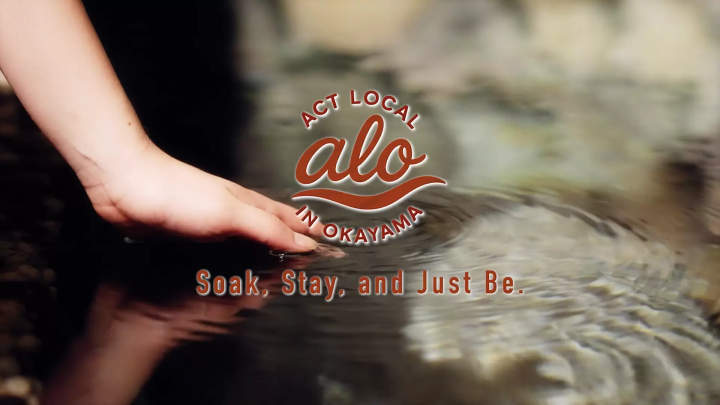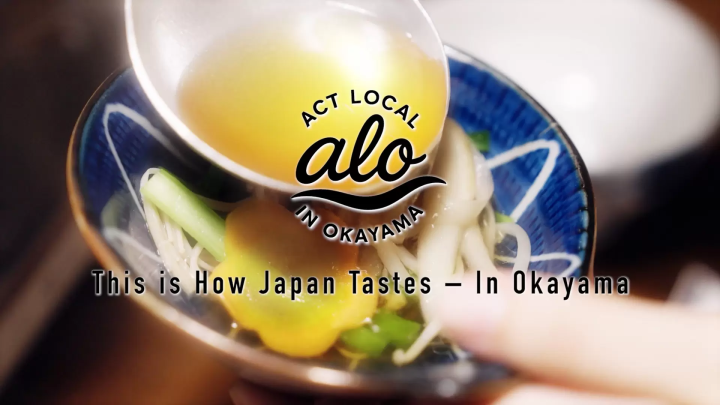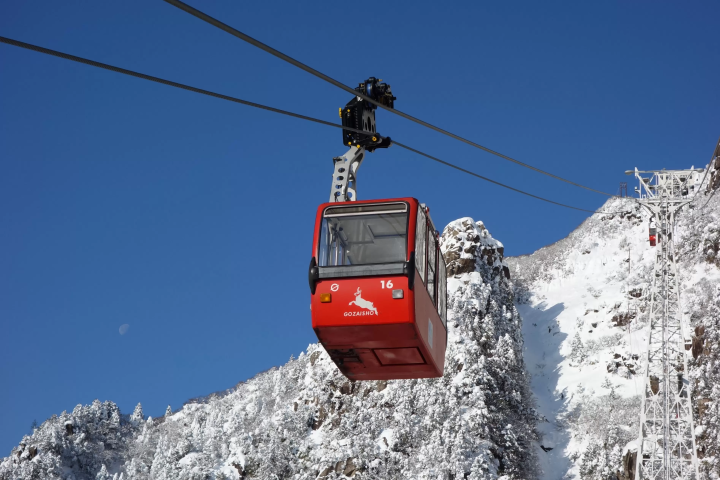See Japan In Videos - From Traditional Crafts To Modern Arts

Japan is a country where historical traditions and modern culture live in harmony. No matter if it is an inherited skill from 100 years ago, or the latest in art, there are dazzling displays of master craftsmanship to be seen wherever you look.
Japan is a country where both arts that have been passed down through generations and modern culture live in harmony. No matter if it is an inherited skill from 100 years ago, or the latest in art, there are dazzling displays of master craftsmanship still conducted today.
From traditional crafts to hunting skills, today we will look at Japanese ’master craftsmanship’ across the nation.
1. Kutani Ware, Akae - Unbelievably Delicate Brushwork
©MRO
Kutani ware is a type of ceramic that has been made in Ishikawa for about 350 years.
One technique in making them is ‘akae’, or brushwork solely using the color red. An akae artisan, Buzan Fukushima, is an expert of this craft. His technique is called akae-saibyo as he draws delicate lines in increments of 0.1 mm all by hand. He uses a pigment called bengala to portray patterns, people, and landscapes using only a tint of red.
Sakura-mai, a 49cm dish on which tumbling cherry blossoms are depicted, was surprisingly done in only 10 days. Master craftsmanship not only requires technical skill, but good concentration, consistent rhythm, and even speed.
2. Ezo Deer Hunt in Hokkaido by an Expert Hunter
©HBC
Local chefs speak very high of Ezo deer meat saying that it lacks the game-y scent of other meats, and has no bloody texture to it. It is a special food produced by the techniques of master hunters.
They chase nimble deer in a deep snow field and shoot them at close range. It takes an expert level of skill to even hit the deer on target, but they also must kill them before they suffer too much and their meat gets damaged.
Restaurant Hanamasu
Address: Hokkaido, Shiramuka, Higashi 2 Minami2
Telephone: 01547-2-2188
3. Tsugaru Katana-kaji in Aomori - a Technique Passed Down for 350 Years
©ATV
There used to be more than 100 blacksmiths in Hirosaki, Aomori during the Edo period. The number of the shops shrank in recent years, but the history and skills of forging has still been passed down.
For example, Nigara Forging has been known as one of the noble families of sword craft since samurai were living in Japan. The current president, Toshihisa Yoshizawa is an enthusiastic technical expert inheriting 350 years of tradition and creating original knives at the same time.
He has an experience participating in exhibitions in Europe and his new challenges as a blacksmith are under the spotlight.
Nigara Forging
Address: Aomori, Horisaki, Kinzokucho 4-1
Telephone: 0172-88-2881
Website: Nigara Forging
4. Mural Painting in Hiroshima - Changing a Graffiti Covered Bridge Completely
©RCC
The Shinkoi Bridge sits above the Ota river in Hiroshima. It was once covered in unsightly graffiti, but now it is loved by local people for its beautiful mural.
This mural was created by the painter, Kozue Kodama. It is a huge mural, 16.5m by 2.4m, and was completed in 2007 after about three months of hard work.
She lively portrayed the life of Hiroshima city, from the scenery of mountains to the Peace Park that is connected by the Ota River, a shrine and god that were the origin of the “koi” part of the name “Shinkoi bridge”, the Atomic Bomb museum, Hiroshima stadium, and the No.650 street car that became a symbol of renewal after the Second World War.
This mural, ‘Hiroshima’s Life, Ota River’ won the Hiroshima Machizukuri Design Award, in the sign and art category. Ms. Kodama painted those pictures with her wish that people would feel more closely connected to the water, people, and lives from the history of Ota river.
It has been ten years since it was completed, but it is still shining beautifully under Shinkoi bridge.
Shinkoi Bridge
Address: Hiroshima, Hiroshima, Nishi, Koihonmachi 1
5. Nanbu Shikonzome Dyeing in Iwate - a Deep Elegant Purple
©IBC
The tradition of Nanbu shikonzome dyeing has been handed down for generations in Morioka, Iwate.
This dyeing features deep, elegant purple tones in a beautiful tie-dye pattern. It is very time-consuming work to make shikonzome dyed fabrics. After pounding roots of a plant called murasaki in a mortar, they extract dyes with hot water and then dye the fabric. It takes half a year for the first dye process and then two to three months to dry the piece. This process is repeated 12 times, and then the item rests for 3 to 5 years in a chest to give shikonzome dye its characteristic color.
When a kimono is made of this fabric, it is said to become even more beautiful each time it is washed. It is a dyed fabric that is preciously handed down from mother to child, and from daughter to grand-child as it is impossible to see its deep beauty in only one generation.
6. Samurai Armor Bag in Kyoto - Skill from the Sengoku Period to Today
©MBS
You might think that you can only see armor that samurai during the Sengoku period wore in a museum today, as armor is not used practically, but the traditional way of making armor is still utilized now.
These samurai armor bags were born from the idea of this armor making tradition, and are produced by Kyo-ningyo Miyake.
They utilize the ideas of strength, so that the threads don’t come loose even when they are hit by swords during battle, and the concept of each samurai having their own unique design when producing their works.
Kyo-ningyo Miyake
Address: Kyoto, Uji, Oguracho, Minamihoriike 103-53
Telephone: 0774-22-5008
Website: Kyo-ningyo Miyake
In Conclusion
Today we have introduced a variety of traditional arts that have been passed down for hundreds of years, like fabric dyeing skills, and modern arts, like mural paintings, as well as combinations of the two, such as armor-inspired bags.
As we mentioned earlier, Japan is exceptional in that the traditional and contemporary live happily together. Please take a look at the craftsmanship when you visit Japan.
Sponsored by TBS Holdings, INC.
MATCHA's promotional account for corporate and local government advertising. We aim to provide useful information to our readers in an enjoyable manner.





































![[Yufuin] From breathtaking views to skin-beautifying hot springs. A variety of day trip hot springs to fully enjoy Yufuin](https://resources.matcha-jp.com/resize/720x2000/2026/01/18-255919.webp)
